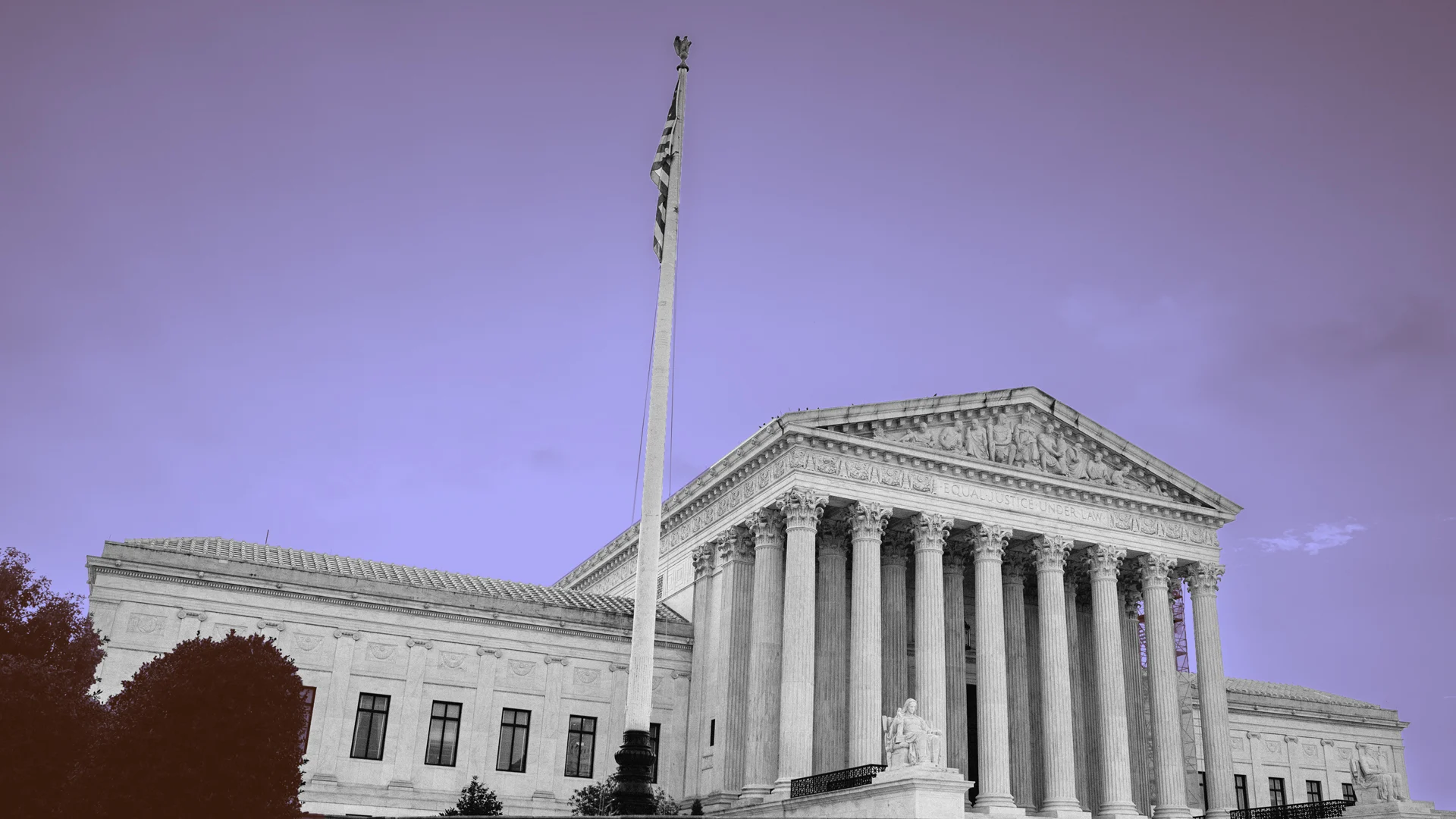AI Is Revolutionizing Business: Insights from Adobe’s Strategy Lead Artificial intelligence (AI) is transforming the business landscape at an unprecedented pace, redefining how companies operate, innovate, and create.

Artificial intelligence (AI) is transforming the business landscape at an unprecedented pace, redefining how companies operate, innovate, and create. Scott Belsky, Adobe’s Chief Strategy Officer and Executive Vice President of Design & Emerging Products, believes that AI is collapsing traditional boundaries between business functions, empowering professionals across industries with new tools and possibilities. From finance and marketing to HR and legal, AI is integrating itself into core business workflows, streamlining processes, and enhancing creativity like never before.
Belsky’s vision for AI is deeply rooted in its ability to make high-end creative and strategic functions accessible to a broader range of stakeholders. In marketing, for example, AI is turning strategists into creators, enabling real-time campaign development and execution. Similarly, designers and artists now have the power to explore hundreds of creative possibilities with AI assistance, allowing them to make more informed decisions. Adobe’s AI-driven products, such as Firefly, reflect this shift by providing professionals with intuitive, generative tools that boost efficiency and innovation.
One of the key developments Belsky highlights is the transition from what he calls the "prompt era" to the "controls era." In the prompt era, AI serves mainly as a brainstorming assistant, generating ideas based on user input. However, as AI advances, it will become more precise and customizable, giving users finer control over outputs. This evolution will enable creatives and businesses to produce highly tailored content, aligning closely with brand identity and commercial objectives. Adobe is actively working towards this future by ensuring that its AI models, such as Firefly, are trained on commercially safe data, providing users with reliable and ethical tools.
Businesses today can be categorized into two groups based on their approach to AI adoption. Pragmatists, who are slower to integrate AI due to regulatory concerns or deeply ingrained traditions, and forward-looking organizations that embrace AI as a transformative force. Companies that proactively integrate AI into their workflows gain a competitive edge, optimizing both their product offerings and internal operations. Adobe itself is a prime example, leveraging AI-powered engineering tools like GitHub Copilot and creative tools like Firefly to drive efficiency across departments.
Looking ahead to 2025, Belsky predicts three major directions for AI in business. First, AI tools will develop a memory of user preferences, enabling the seamless production of content that aligns with brand identity and tone. This means that companies will no longer have to start from scratch every time they create content—AI will remember and replicate their style, ensuring consistency across all platforms. Second, AI agents will redefine the way users interact with software, democratizing access to advanced tools. By learning from user behaviors and preferences, these AI-powered assistants will make sophisticated functionalities more accessible, boosting productivity across industries.
Finally, the development of foundational AI models, such as Firefly, will drive innovation while maintaining ethical standards and transparency. Adobe’s Content Authenticity Initiative aims to address the challenges of trust and misinformation in digital media, embedding provenance and edit history within assets to ensure accountability. As AI-generated content becomes more prevalent, establishing credibility and authenticity will be critical in maintaining user trust.
Belsky envisions a future where AI acts as a reasoning engine, augmenting human decision-making rather than replacing it. Whether it’s crafting compelling proposals, generating personalized recommendations, or assisting in complex problem-solving, AI will enhance both personal and professional workflows. For business leaders, the key takeaway is to embrace experimentation and challenge conventional ways of working. Organizations that foster a culture of adaptability and innovation will be best positioned to leverage AI’s full potential, ensuring they stay ahead in an era of rapid technological advancement.
While AI’s impact on business is already profound, its future promises even greater transformation. As it matures, AI will continue to break down barriers, unlock new creative possibilities, and reshape business strategies across industries. For Adobe and leaders like Scott Belsky, this is just the beginning of a revolutionary era driven by AI-powered innovation.
Supreme Court to Decide on Corporate Transparency Act Injunction
For the first time, the U.S. Supreme Court has been asked to rule on the Corporate Transparency Act (CTA) and the legitimacy of a nationwide injunction blocking its enforcement.
Warren Buffett’s Market Moves Reinforce His ‘Oracle of Omaha’ Status
Warren Buffett’s reputation as one of the greatest investors of all time continues to be reinforced as his past words and actions gain new relevance in today's financial landscape.
Private Equity Firms Must Embrace Cutting-Edge Innovations to Stay Competitive
Private equity is undergoing a digital transformation. No longer just a financial game, the industry is now driven by technology, where firms that leverage cutting-edge innovations gain a significant competitive edge.
You've Probably Seen Her Name at Nordstrom or Sephora.
Jo Malone is a name synonymous with luxury fragrance, but her journey as an entrepreneur extends far beyond the world of scents.
The $28 Microsoft Tool That Can Save You Thousands on Coding Costs
For businesses and entrepreneurs looking to develop software, outsourcing can quickly become an expensive necessity.
Anthony Michael Hall on Longevity in Hollywood, Adapting to Change, and His Role in 'Reacher'
Anthony Michael Hall has spent nearly five decades in Hollywood, navigating the highs and lows of an industry that is both unpredictable and demanding.





